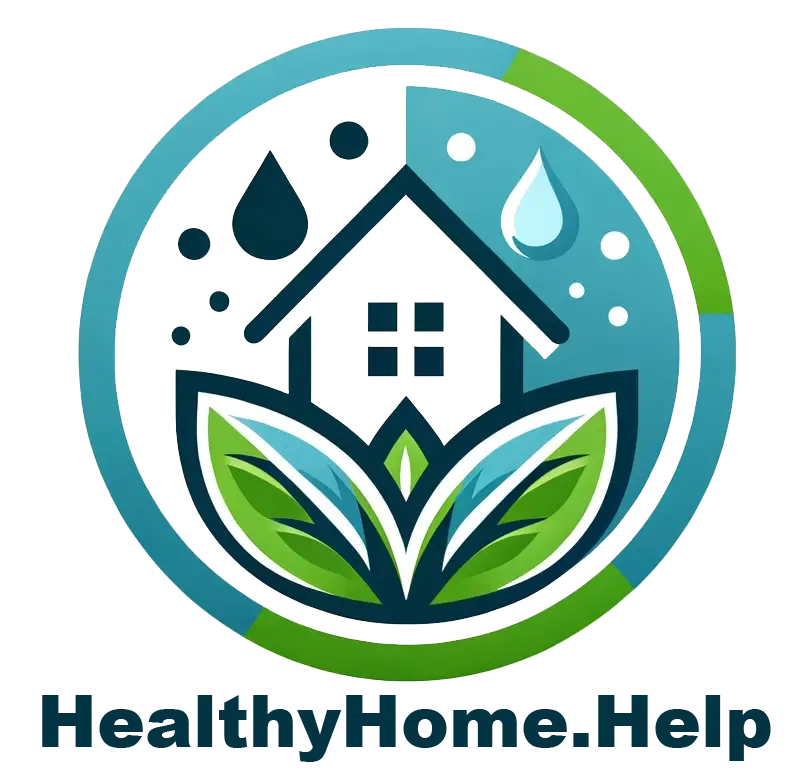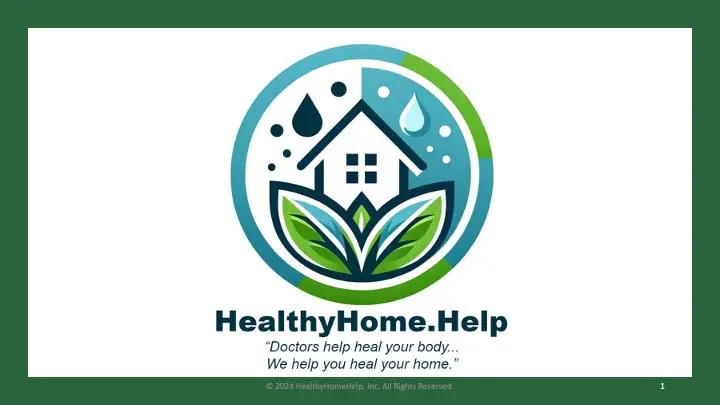VITAL STEPS TO HELP BRIDGE THE GAP

Providing accessible information and education on improving indoor environmental health in cost-effective and DIY (Do-It-Yourself) ways is crucial in bridging the socio-economic gap in accessing healthier living environments. Here’s an outline of how this approach can make a significant difference, particularly for disadvantaged persons:
EMPOWERING WITH KNOWLEDGE
- Basic Indoor Air Quality (IAQ) Education: Simplify complex concepts into actionable advice, such as identifying sources of indoor pollution (mold, VOCs, dust mites).
- Preventive Measures: Teach how regular cleaning and maintenance, like proper ventilation, can prevent the buildup of contaminants.
DIY ASSESSMENT TOOLS AND TECHNIQUES
- Visual Inspections: Guide on how to perform visual checks for mold, water damage, and signs of pests.
- Low-Cost Testing Kits: Information on affordable mold and air quality testing kits, including how to use them effectively.
REMEDIATION ON A BUDGET
- Safe Cleaning Solutions: Recipes for homemade cleaning agents using vinegar, baking soda, etc., that effectively address mold and mildew without introducing toxins.
- Mold Remediation: Step-by-step guides for safe mold removal using protective gear and proper cleaning techniques to prevent its spread.
- Sealing Leaks: DIY methods to identify and seal leaks in windows, doors, and roofs to prevent moisture ingress, a common cause of mold.
ENHANCING VENTILATION AND AIR QUALITY
- Natural Ventilation: Strategies to improve air exchange without the need for costly mechanical systems.
- DIY Air Purifiers: Instructions on creating simple, effective air purifiers using affordable materials to reduce particulate matter indoors.
ACCESS TO AFFORDABLE HEALTHCARE OPTIONS
- Telemedicine and Online Consultations: Highlighting affordable or free online healthcare services for initial consultations on health issues related to environmental exposures.
- Community Health Resources: Information on local health clinics and services that offer sliding scale fees based on income.
ADVOCACY AND COMMUNITY SUPPORT
- Tenant Rights and Legal Support: Educate on tenants’ rights regarding healthy living conditions and how to seek legal assistance when necessary.
- Community Workshops: Organize local workshops and support groups to share knowledge, resources, and collective actions to improve indoor environments.
LEVERAGING TECHNOLOGY AND SOCIAL MEDIA
- Online Tutorials and Workshops: Use of video platforms and social media to share DIY tips, educational content, and live Q&A sessions.
- Apps and Tools: Promote apps that provide reminders for home maintenance tasks, air quality alerts, and tips for improving indoor environments.
COLLABORATION WITH LOCAL ORGANIZATIONS AND NON-PROFITS
- Partnerships for Resource Distribution: Work with local non-profits to distribute DIY remediation kits, educational materials, and possibly low-cost air purifiers to those in need.
- Volunteer Support: Organize volunteer groups skilled in DIY home improvements to assist in remediation efforts for disadvantaged households.
By focusing on education and providing practical, cost-effective solutions, it’s possible to significantly reduce the barriers to achieving a healthier indoor environment, especially for those disadvantaged by socio-economic factors. Empowering individuals with the knowledge and tools to take action not only improves their immediate surroundings but also contributes to long-term health benefits and a greater sense of agency over their living conditions.

